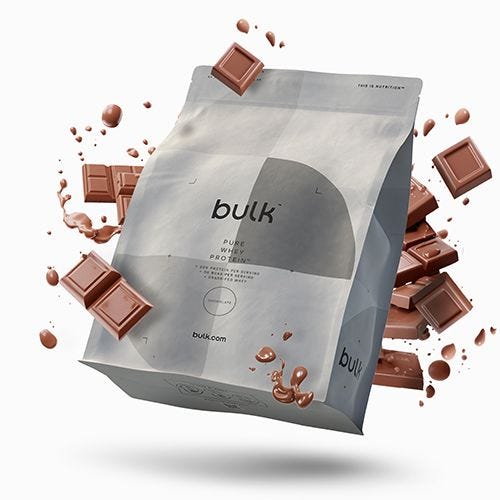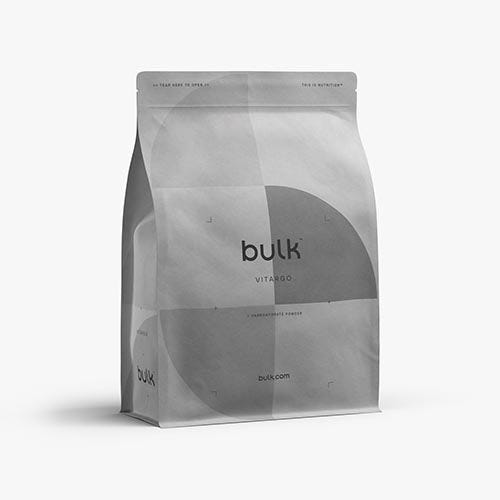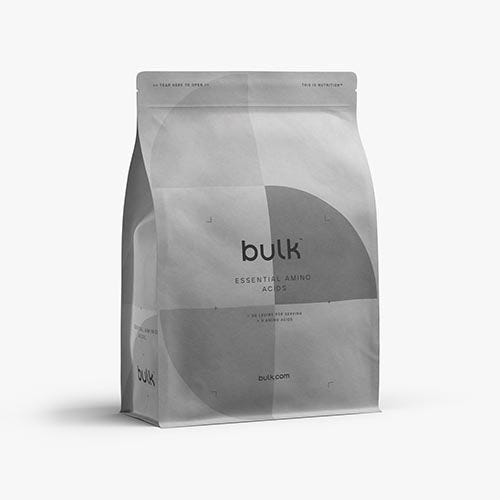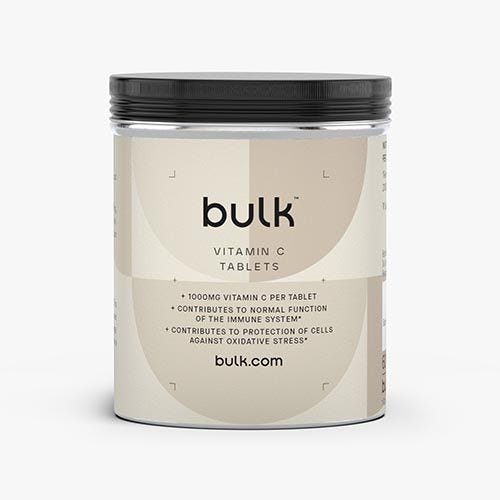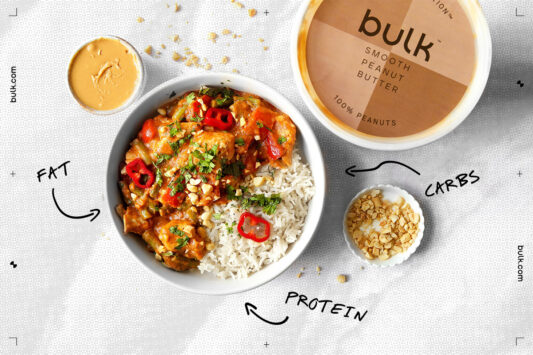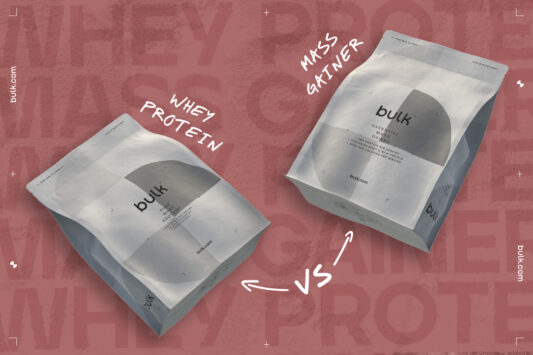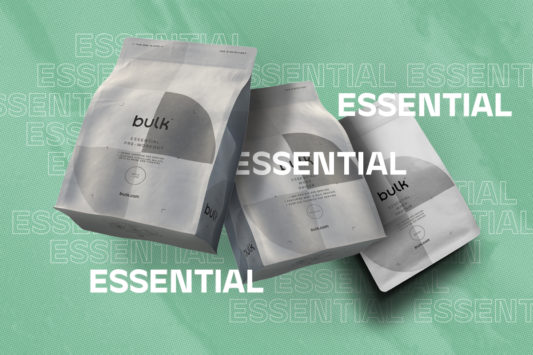On face value, building muscle is actually a simple concept. However, simple doesn’t mean easy, and many people struggle to get results. Let’s take a look at the fundamentals of building muscle and get those gains rolling in.
1. Progressive Overload
Progressive overload refers to the need to continuously increase training volume, forcing our muscles to adapt and grow. The more we train, the more adapted we become, so increasing volume keeps our muscles challenged. Progressive overload can often be mistaken for progressively getting stronger. However, the load on the bar is only one variable we can manipulate to create a higher training volume.
2. Training Volume
Training volume for a given exercise is the load multiplied by the number of reps and sets. This means we can also increase volume by increasing the number of sets. This includes the amount of times we do an exercise as well as using techniques like super sets and giant sets.
If you can’t increase reps at a certain weight, another option is to lower the weight and do more reps. Although this may seem counter intuitive, you are still building volume. For example, if you can bench press 100kg for 10 reps, this is a volume of 1000kg for each set you perform. So, 3 sets would equate to a volume of 3000kg. If we were to lower the load to 80kg and do 15 reps, this is a volume of 1200kg per set. 3 sets would be 3600kg of volume, which is 600kg more.
Within this framework, there are a few rules to follow. Firstly, the load should be a suitable stimulus to create muscle growth. Secondly, train to near failure in each working set. This is to accumulate the right metabolic response to promote muscle growth. If you keep progressing volume it will eventually become harder. Finally, while volume is the focus, it is important to ensure that there is adequate recovery in order to keep making progress. Small increases in volume each week are going to be better in the long run than larger ones.
When session volume is at the upper limit, then think about how often to train a specific body part to maximise weekly volume. For example, if you do 14 sets of chest each week, you could split this into training chest twice per week with 7 sets on each day. The advantage of this is that you should be able to recover between sessions. Also, because of this split, the second session will be of greater ‘quality’ as you will have had adequate rest in between. This supports you to perform more reps and increase overall weekly volume as a result1.
3. Training Style
One of the most common mistakes made when setting out on ‘mission muscle,’ is to spend too much time on isolation moves (eg. bicep curl). While these have their place in any programme, they are much more effective when basic fitness and physique foundations have been developed.
Why not? Simply because isolations aren’t that efficient for all-round muscular development. As the name suggests, specific to one particular muscle. You’ll get more bang-for-your-buck by turning your attention to compound moves like the deadlift, bench press, squat and bent over row. These will stimulate the release of growth hormone in the body which in turn aids the muscle building process.
Compound lifts are also a fantastic way to strengthen stabilising muscles (and surrounding tendons and ligaments). Stabilising muscles assist and protect the main lifting joints and muscles. This stabiliser development goes a long way to preventing injuries, which can have a huge impact on training performance and recovery.
4. Recovery and Overreaching
All this increase in volume will inevitably lead to 2 things. Firstly, a realisation of the need for adequate recovery measures. This includes rest and all the right nutrients, as well as stretching. Secondly, at some point when pushing volume you will ‘overreach’. Overreaching usually coincides with a reduction ability to increase volume and in all progressive programs will occur at some point. Typically seen around the 8 week mark in experienced trainers , it’s due to an inability to recover in short times frames. This makes sense considering the stress placed on the central nervous system and other important regulators of performance and muscle growth.
At this point it’s time to take a de-load. Either resting for a few days or seriously backing off our volume and training far from fatigue. This should allow the body chance to recover, adapt and grow. Ignore this important phase at your peril – sometimes time out the gym will do more for your muscle growth.
5. Nutrition
To reach muscle gain goals, it is recommended to consume around 2g per kg of bodyweight of protein2 per day, evenly spilt over 4-6 meals. As well as this, enough calories in a mix of carbohydrates to fuel training and fats for the important roles it plays in the body, such as cellular signalling and the production of hormones. A quality, complete protein source such as meat, eggs, dairy, whey protein is ideal. For those who want extra support, an Essential Amino Acid formula combined with Vitargo® or Cyclic Dextrin is an effective intra-workout formula to boost our intake of essential muscle building nutrients.
It’s important to remember that the total amount of protein and calories in the diet will be the biggest determining factor in muscle growth. Supplements are there to help support our nutrition and ‘fill in the gaps’. Supplements like Creatine can help support performance in the gym, so are a great addition for people looking to maximise muscle growth. For those who struggle to eat enough food to grow, then mass gainers are an effective way to provide extra quality protein and essential nutrients for muscle growth.
Increases in training volume can also put stress on the immune system3, so supplementation with a multivitamin or Vitamin C may be of benefit. Other supplements that could benefit include Omega-3/Fish Oils and Vitamin D, which play important roles in many physiological functions from cellular signalling, controlling inflammation and the production of muscle building hormones to name but a few!
Summary
Muscle building is a process that requires a consistent, sensible, progression of the stress we place on our body to force adaptations. In order for this to be successful, we need to provide enough of the right quality nutrients to support these processes. For those who require extra nutrients in their diet, supplementation can be used to ‘fill in the gaps’ that we may struggle to get from their diet. Get ready to smash your muscle building goals with Bulk™. Let us know how you go by tagging #TeamBulk and @bulk in your social media posts. We want to hear from you!
Related articles
Eager to learn more? We believe that every person, with support, has the right to transform their lives through fitness. That’s why we’ve put together hundreds of articles with expert advice, all to help you on your fitness journey. From pyramid sets to push day shoulder exercises, check out our relevant articles below:
Push day shoulder exercises Running in the cold
Pull day workout Weight gain shakes for females
HIIT heart rate Advanced fitness training methods
Full body split Pyramid sets
Best macro split How to lean bulk











